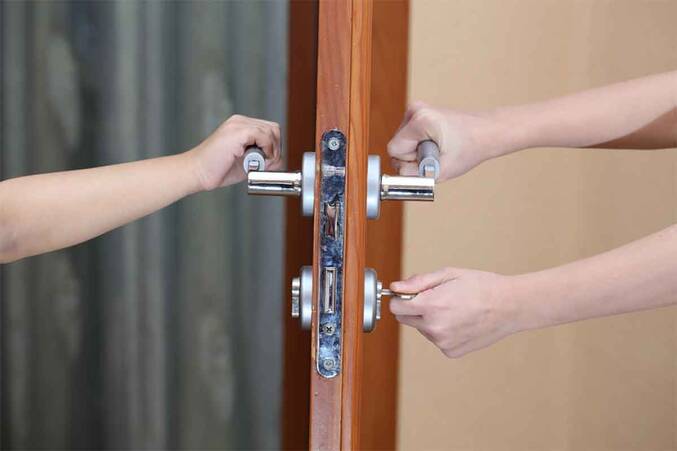Photographs: Shutterstock
Door handles have different functions for different purposes. Architect Aman Gandhi lists these functionalities and how it helps.
- Single cylinder: This is operated by a key on the outside and a thumb turn on the inside. These deadbolts increases convenience and remove the need to have a key to open the door for someone.They are very useful in areas where fire safety is a concern.
- Double cylinder: This is operated by a key on both sides of the lock. These deadbolts are commonly used on doors that include or are in close proximity to a window. It reduces unwanted unlocking of the door from the inside through forced access.
- Keyed entry: Ideal for exterior doors like main entrance or main gate of the residence, these door locks have a keyed cylinder that faces the outside of the home that can only be opened with a key and a thumb turn on the interior.
- Privacy: This function is ideal for bathrooms, bedrooms or any other location where privacy is needed. This can be locked using a push or turn button from the inside and unlocked from the outside with an emergency key.
- Passage/hall/closet: Used mainly for doors in hallways, closets and other rooms where key is not necessary and privacy is not an issue, with this function the lock is freely operational from both sides of the door at all times.
- Inactive or dummy: As the name suggests it acts like a dummy. This function on handles, knobs and levers is used on doors where only a pull is needed and used for aesthetic purpose only. These types are used for applications where a mechanism is not needed, but a similar aesthetic effect is desired.
- Store room: Ideal for store rooms and pantries, this is always locked unless opened with a key. When the door is closed, the lock automatically reverts back to the locked position.


















